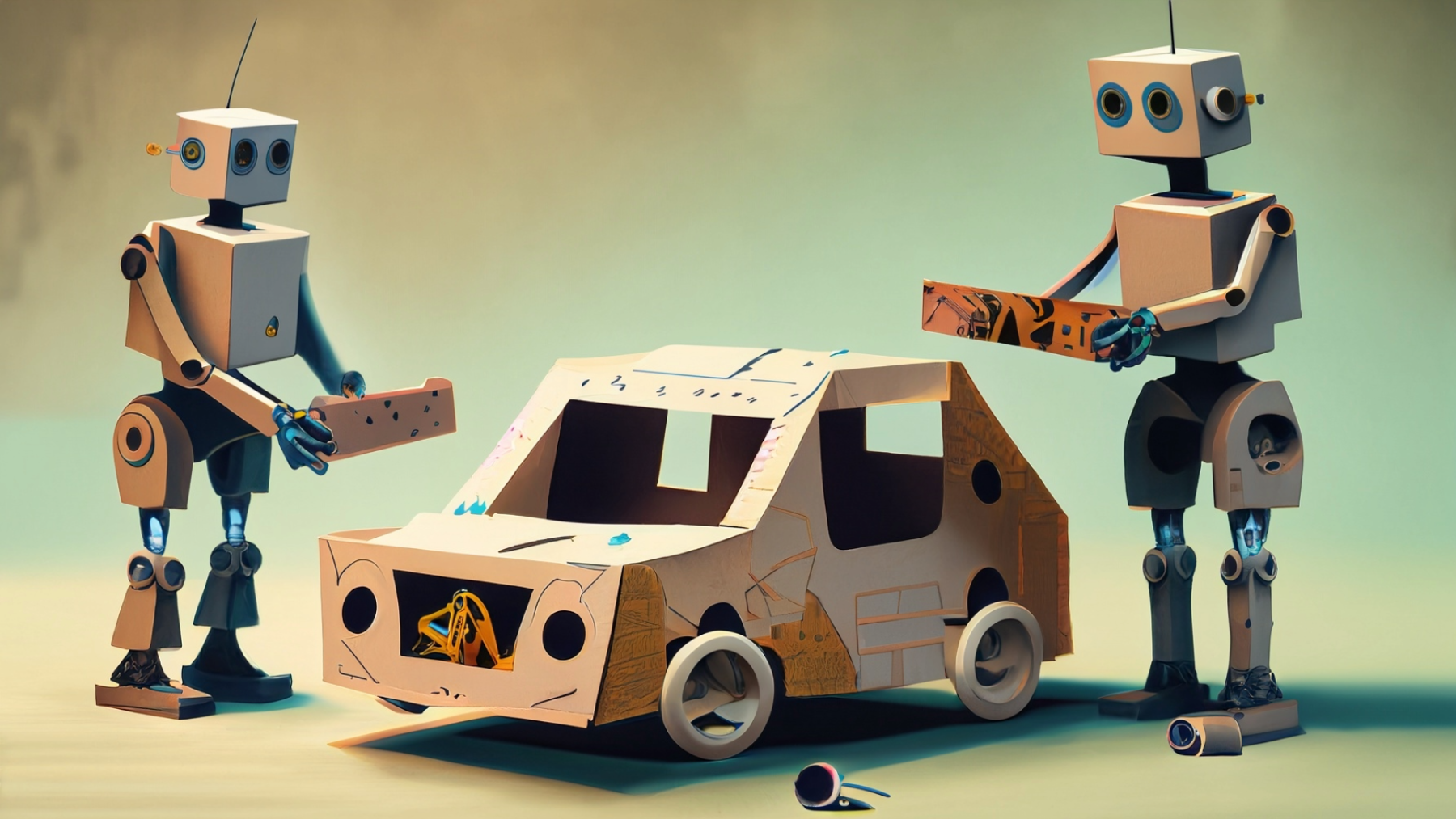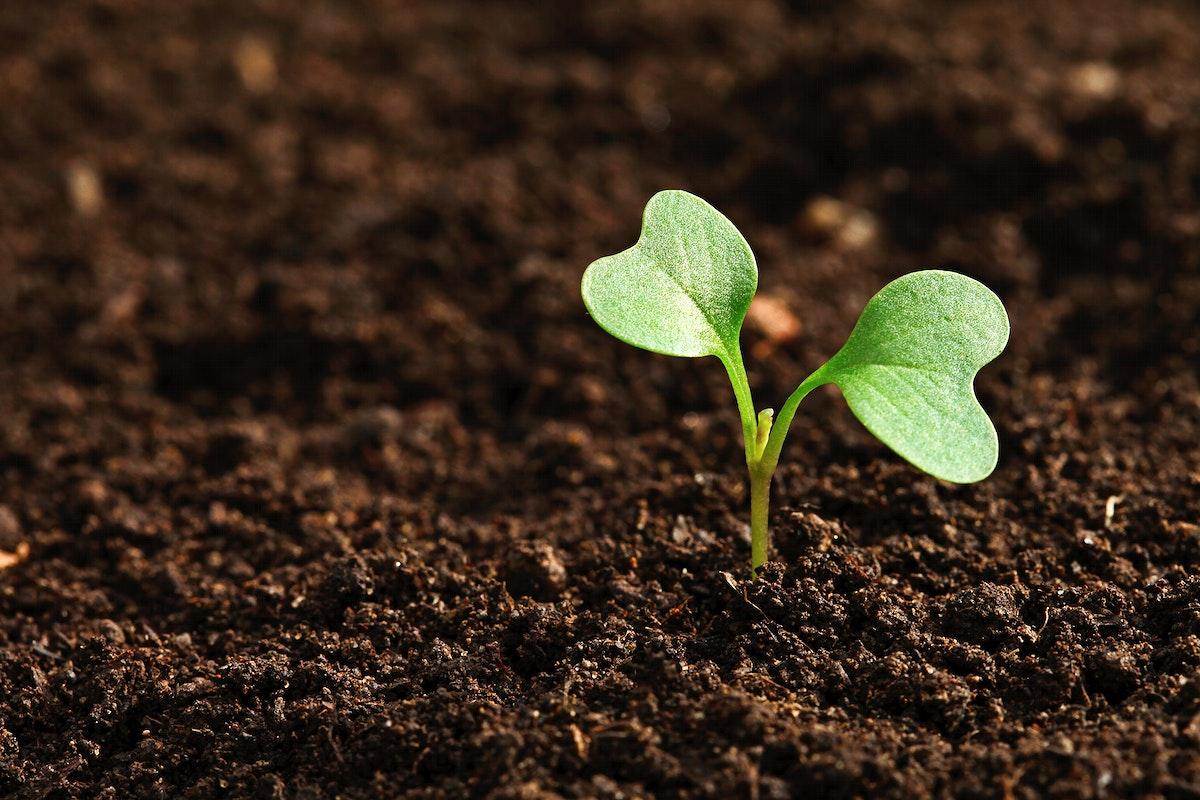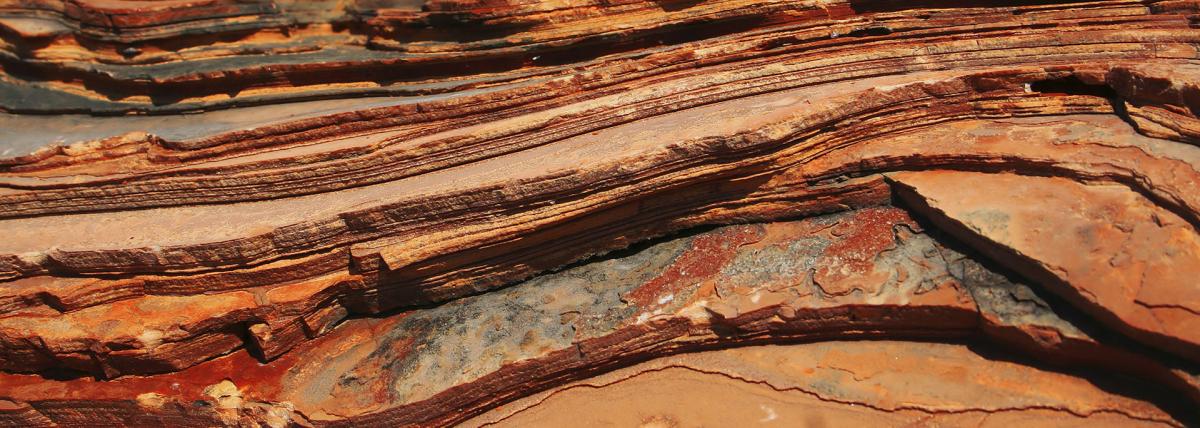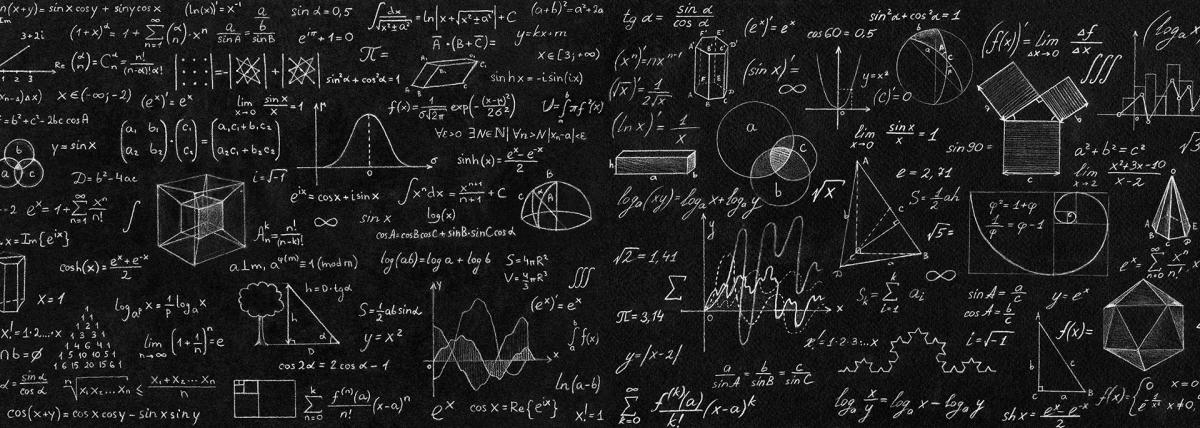
Energy Transfer: Ramps
Students will learn about the difference between potential and kinetic energy by building a ramp. Three objects will be tested down the ramp to see which one can go the farthest. Data will be collected, plotted on a line plot, and analyzed. Students will reflect on their designs and define the science terms associated with this lesson.
Lesson Grade Level
4th GradeLesson Plan Link/URL
https://docs.google.com/presentation/d/1XkQ306iAq9duY1KC9ASv7vNvqUYe2Y7O/edit?u…Subject Area
Science Physical Science P4: Energy Transfer Engineering S2: Apply the Engineering Design Process Mathematics Measurement and Data (MD) English Language Arts (ELA) WritingRelated Content

Pumpkin Jack Part One
This lesson includes fourth grade reading, writing, math, science, and engineering standards. The potential is endless with additional enrichment activities. Students participate in the nurturing and

In this hands-on lesson, students learn about earthquake engineering by researching, designing, and testing toothpick-marshmallow buildings for earthquake resistance.

This hands-on lesson provides an opportunity for students to use observation as a way to build the big idea about energy around us. Students are encouraged to explore everyday items in the classroom